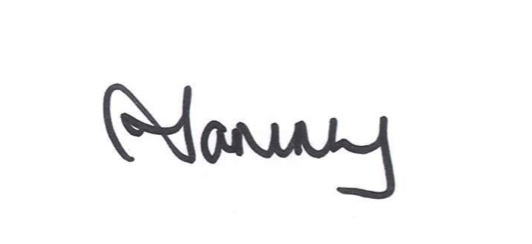
What to do with a team member who just doesn’t seem to pull their weight? And how to manage the fall out from the rest of the team who feel as though they’re carrying said team member?
Responsibility Bias
We know that our brains are helpfully wired with a whole lot of different biases. These biases have evolved to help us make decisions in an efficient way; but sometimes they can distort reality.
The responsibility bias is a lens that means we overvalue our own contribution in a partnership, team, relationship etc, and underestimate other contributions. We also put a greater value on what we’re doing relative to the other person.
In part, according to Adam Grant in Give and Take, this is because we know exactly how much we do because we’re living it, whereas we can’t see every bit of another person’s contribution.
Human nature being what it is, I am guessing that the above is amplified if the person is not particularly well liked, or is onerous for some other reason.
How does this help with teams?
Who does what, and how much is often a source of malcontent in teams. Being aware of the responsibility bias is useful. Researchers suggest that a first step to dealing with this conflict is to estimate the other person’s contribution BEFORE comparing it to your own or the rest of the team’s.
Another helpful tip is to consider what that person would say that they do. So, to look at their contribution through their eyes and see what they’re seeing.
Doing both of these should in theory give a more balanced view of the team member.
Nope, they’re still not pulling their weight
Even after doing all this though, there may well be team members who on every objective comparison are just not pulling their weight.
In these circumstances, it is time to go back to basics.
- What is the role of that team member? What is the purpose of their role? How does it fit in with the why of the team and the organisation? Does the team member know all of this?
- Has the role morphed over time so that there’s now a lack of clarity around what the person is meant to be doing?
- Is there an ad hoc or special project that is putting the team roles out of sync?
- Are there other aspects of the team member’s life or health that aren’t going so well that mean that there is reduced motivation or engagement with work?
- Is it symptomatic of a broader issue within the team – either culturally or behaviourally?
The good news
The good news about any example like this, where something goes out of sync within a team, is that it gives the leader and the team an opportunity to do a tune up of the team.
There are some good tips to consider in this post on the elements of a high performing team.
Want more?
Want more resources and reading? You can read more on building a high performing team and managing conflict on my Do What You Say You’ll Do website – the website supports the book of the same name and has a wealth of resources and reading.
Want more? Get in touch for a coffee and a chat about your teams and organisational culture.
Until next week, happy leading,


